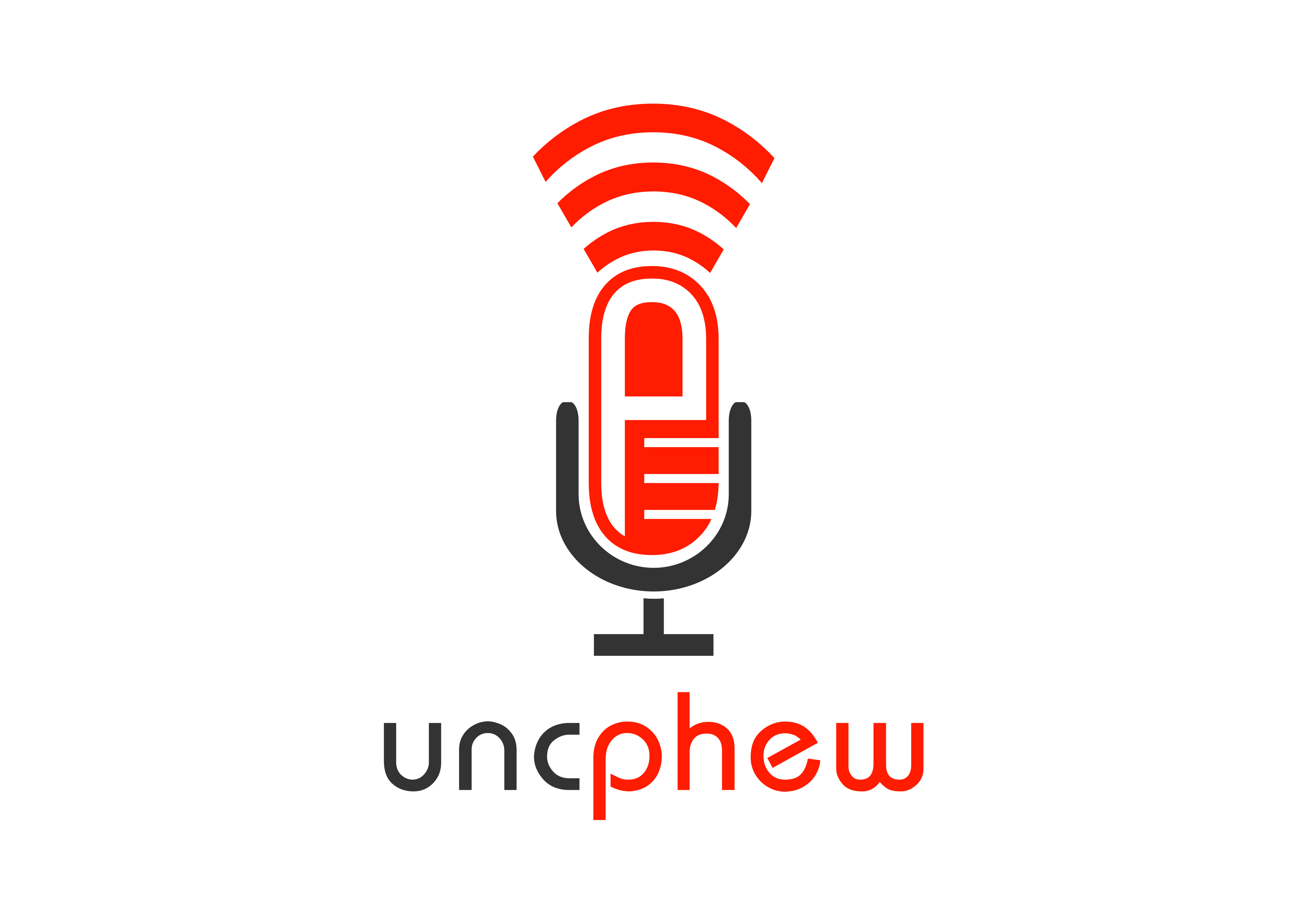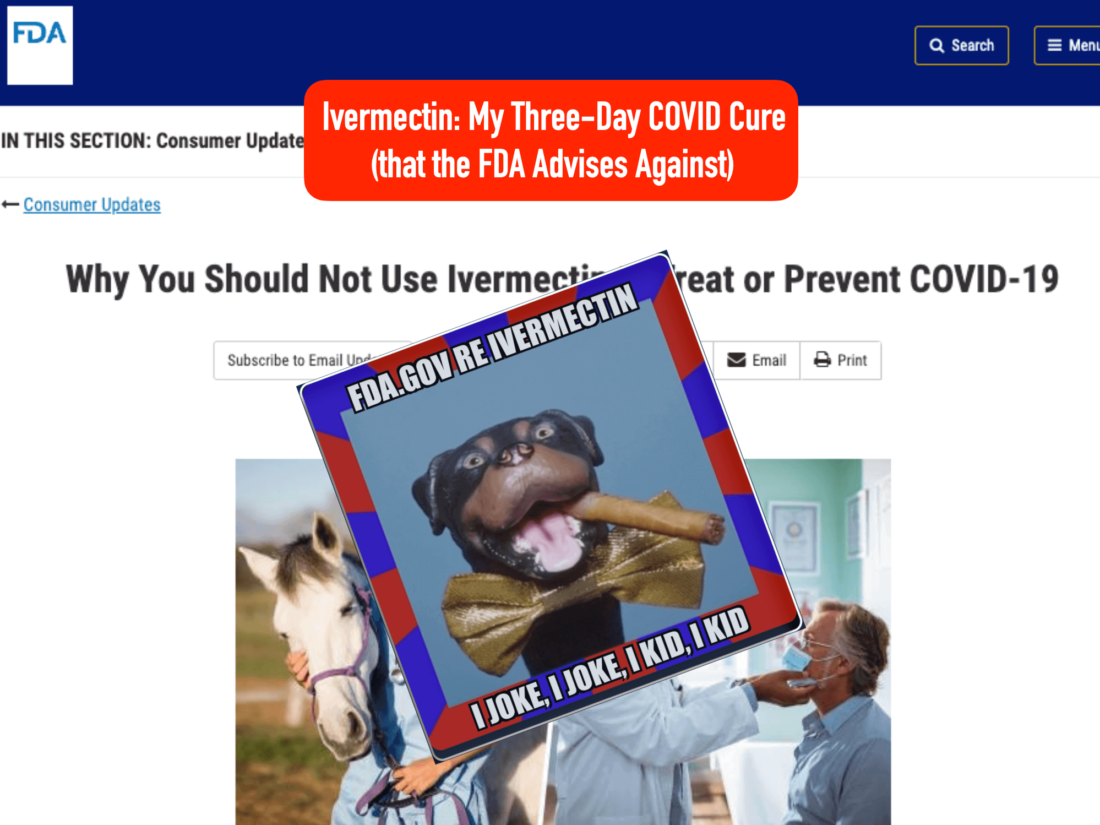
Ivermectin: My Three-Day COVID Cure (that the FDA Advises Against)
After thinking I was never going to get sick, COVID finally bit me. I recovered from it in three days using a substance the FDA suggests you not take.
It Finally Got Me
After going over two years without having any sort of COVID scare, my luck ran out.
On or about Tuesday, November 8, 2022, the bug finally bit me.
I had a minor plumbing issue (the shut off valve on my refrigerator water line went bad), and I had to have a plumber come over to fix that.
When he arrived, I opened the door to let him in. As I held the exterior door open for him to pass by me, something compelled me to reach out and shake his hand, which is a habit I had for the most part stopped because of COVID.
I could see in the fading light that his hand was dirty, but he had a kind, haggard face, and I just felt it was the right thing to do. He looked tired (it was 6:00 PM, and he had told me on the phone a moment earlier I was his last appointment of the day), and I thought he could use the minor pick me up from the respect I was showing him by offering to shake his hand.
Even as I was extending my arm, I was thinking, “What are you doing?”
So, in spite of the warning alarm going off in my head, I did it anyway.
And, rather than wash that hand immediately, I quickly forgot about that as I led the guy into the basement to show him where the faulty shutoff valve was located.
By the time I remembered to wash my hands, it was at least 15 minutes later.
And, to be clear, I obviously don’t know that’s how I contracted COVID.
But in my gut and in my heart, I think that’s how it happened.
The following day – Wednesday, November 9 – I woke up feeling off.
I continued to feel worse as the day progressed.
That night, I had a hard time sleeping.
On the CDC.gov website, they list the following as the symptoms that may appears two to 14 days after exposure:
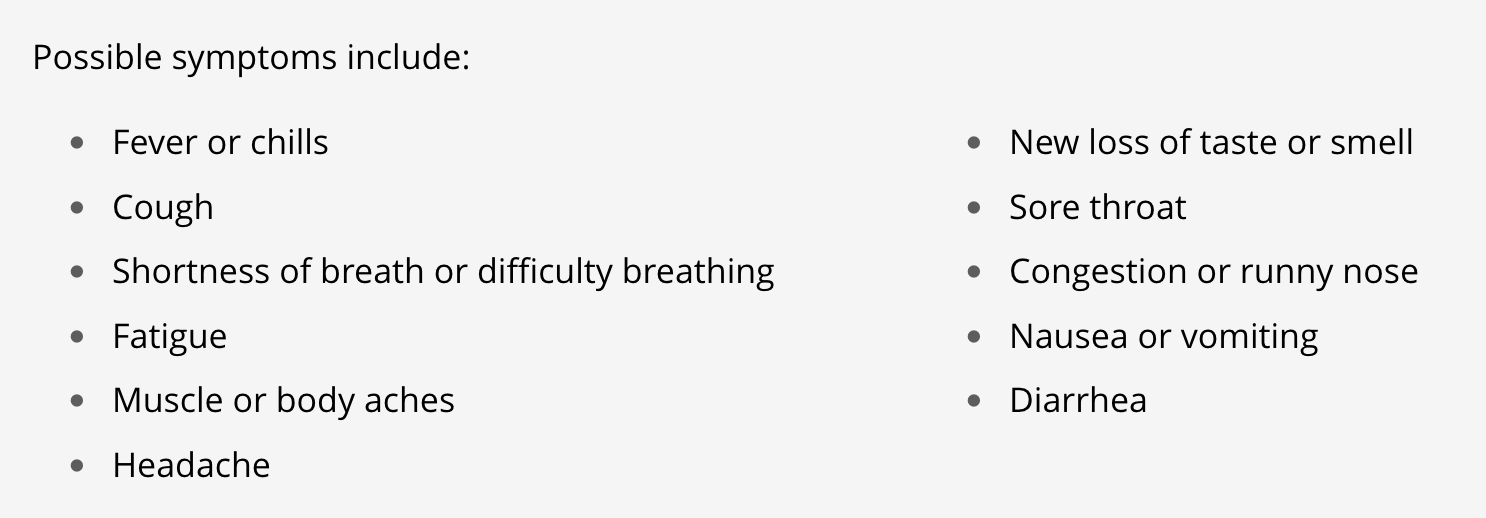
Ignoring the Symptoms (aka, mistake #1)
The next day – Thursday, November 10 – I woke up with the first nine of those symptoms.
I use the Whoop Strap to monitor my health, and that morning it showed both my respiratory rate and my resting heart rate as having “extremely elevated” levels.
I should have taken note of those things, as such results are highly unusual for me.
I then made my first mistake along this journey, which was that I did nothing to confirm that I actually had COVID.
As just noted, I woke up that day with nine of those symptoms, but I didn’t know that then, as I didn’t actually do the research on those symptoms until the following Monday, November 14.
During the four days that followed, I proceeded to get worse.
Some of my symptoms intensified, and others seem to fade away.
The worst part was the feeling I had in my head.
It was like nothing I’d ever experienced before.
I had an intense headache located directly behind my eyes.
It was so weird
I felt totally locked up.
I felt totally not myself.
The effect felt completely non-organically engineered, as if I had been given a drug specifically designed to do exactly what it was doing: killing my will to do anything productive.
It wasn’t completely debilitating – I sometimes have migraines, and they are way worse – but it was just bad enough to make me not want to do anything.
I mean that literally: I didn’t want to do anything.
Nothing.
Nada.
Zilch.
I just wanted to lay in bed and pray that the feeling would pass quickly.
I didn’t want to watch TV, or even listed to music.
ANY external stimulus felt like too much.
In any event, on Monday, November 14, I finally did the research noted above, and realized I likely had the virus.
I then got my hands on a self-testing kit and confirmed my suspicion: I had finally been added to the ranks of the infected.
I immediately reached out to a friend (Jim) who I knew had successfully overcome the virus last year, and we had the following text exchange:
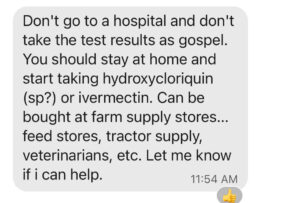
From a variety of conversations I had had in the past with people who had contracted the virus, the thing I absolutely remembered them all telling me was exactly what Jim had led with: “Don’t go to a hospital/get your hands on Hydroxychoriquin and or Ivermectin.”
I did some quick Googling, and realized I didn’t know nearly enough in terms of what, exactly, I was looking for.
I then reached out to another friend (Jeff) I knew had also successfully overcome the virus not long ago, hoping he might be able to provide more immediate assistance, and we had the following text exchange:
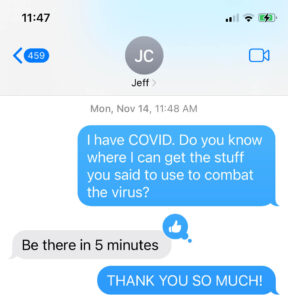
As promised, Jeff was there in five minutes (now THAT is a friend), and he gave me five 3 mg tablets of Ivermectin.
He told me how it had cured him and his wife back when they contracted it in 2021.
As already noted, I had done no real research myself, but I trusted Jeff because he has a history of doing really good research on health issues, is a fitness freak (and a former state-level bodybuilding champion), and also because I’ve known him for 30 years and trust him implicitly.
Nothing is Too Much
As we talked, Jeff echoed my observation about not wanting to do anything but lay in bed.
As he phrased it, “When I had COVID, nothing was too much.”
Meaning that literally doing NOTHING felt like it required too much effort.
As another friend (Paul) told me about his experience with COVID, “The worst part for me was that I didn’t want to do anything. Didn’t want to eat, didn’t want to drink anything, etc. I just wanted to lay there. I can see how people could easily lose their will to live if they stayed in that condition too long.”
Wait…What? Ivermectin? Really?
Lest we skip past this important point, I need to point out that – in December of 2021 – the FDA warned Americans not to use Ivermectin to treat or prevent COVID-19. The following are excerpts from an article entitled Why You Should Not Use Ivermectin to Treat or Prevent COVID-19:
There seems to be a growing interest in a drug called ivermectin for the prevention or treatment of COVID-19 in humans. Certain animal formulations of ivermectin such as pour-on, injectable, paste, and “drench,” are approved in the U.S. to treat or prevent parasites in animals. For humans, ivermectin tablets are approved at very specific doses to treat some parasitic worms, and there are topical (on the skin) formulations for head lice and skin conditions like rosacea.
However, the FDA has received multiple reports of patients who have required medical attention, including hospitalization, after self-medicating with ivermectin intended for livestock.
I found it very interesting that literally EVERYONE I spoke with who had contracted and overcome COVID recommended Ivermectin…and yet the FDA was officially against its use.
Even more interesting, nowhere in that FDA article was there any mention of the over 93 scientific studies on Ivermectin that showed significant benefits in treating COVID-19 in its early stages.
Given how little I trust the government, that the FDA had taken such a position just made me that much more confident that Ivermectin was the correct solution.
The Right Stuff, But Not Enough (aka, mistake #2)
Back on point, I took the Ivermectin, but – in doing so – I erred a second time, this time because I simply took the dose I was given, which turned out to be too small.
It DID work, and it worked immediately.
But the effect was muted simply because I was underdosing so severely.
I could tell Ivermectin was the answer based on how quickly my body responded to even a tiny dose, but it simply wasn’t enough to sustain a full recovery.
For the next couple of days, I did feel better.
But then my recovery felt like it stalled, and I could tell that I what I was doing was not enough to heal me completely.
Plus, I had run out of Ivermectin, and needed to get more.
The Quick (but highly unpleasant) Cure
On Tuesday, November 15, I reached out to an online pharmacy and ordered more.
The next day – Wednesday, November 16 – I received what the doctor had recommended: the correct dose of Ivermectin (18 mg, or six times what I had been taking), along with a couple of additional complementary prescriptions: a very powerful antibiotic I would never recommend (except for the fact that it may have been instrumental in healing me so quickly once I had the correct stuff in hand) called Azythriomycin, and another drug called Dexamethasone.
I have no idea what the Dexamethasone did or does, because that second, successful attempt to kill the COVID was dominated by me trying to decide if I could hold out and continue taking Azythriomycin long enough to get me to the finish line.
Azythriomycin was very unpleasant for me, the worst aspect of which is that it can induce bouts of hiccups.
Which, in my case, it absolutely did.
Maybe that doesn’t sound that so bad. Trust me, it is awful.
You basically lose control of parts of your body for chunks of time throughout the day, multiple days in a row.
It’s painful. It’s jarring. And it always seemed to happen to me at night, when I desperately needed to rest as much and as deeply as possible in order to help get past the primary issue.
I did find practical cures that actually worked: eating peanut butter (I know; what?) and drinking water from the wrong side of a glass (which is quite challenging).
But, even though both cures did work consistently, they were not consistent in terms of how hard it was to get them to work quickly.
So, it quickly became the norm for me on the following nights that I would find myself eating a quarter of a small jar of peanut butter at 1:28 AM using a spoon right out of the jar, which then ultimately allowed me to stop hiccuping at say 1:42 AM.
At which point I was wide awake from the unwanted adrenaline bump that accompanies every event of that kind, in which your body is thrown into a wide-awake state from what may have been a deep sleep because of the surprise of the onset of the round of hiccuping.
You never feel it coming.
It just starts, and you’re forced to try to deal with it as quickly as humanly possible, with that obvious and natural reaction only serving to jack up even further the unwanted adrenaline spike.
That said, the course of Azythriomycin was short (six days total in my case), so it was doable. In all honesty, had it required any longer than that, I don’t think I would have made it. It was just taking too much out of me to deal with the hiccuping and the not sleeping.
My Miraculous Recovery
The good news: other than the unpleasant side effects, I was definitely starting to feel better.
My sense of taste and smell were starting to return.
My headache behind my eyes had faded.
My energy had started to return.
I felt good enough that, on Saturday, November 19, I decided to try to return to the gym (my last trip to the gym had occurred Monday, November 7, 12 days earlier).
I felt nervous as I drove to the gym, thinking there was a good chance I was going to feel weak and light headed.
I thought there was a reasonable chance I would have to cut my workout short and leave early.
Instead, to my delight and amazement, I had a completely normal, intense workout.
I felt like I had never been sick, at all.
I lifted the same weights, and did the same routine for those particular body parts, with just as much intensity as I normally do, after not touching a machine, a bar or a cable in nearly a fortnight.
I then repeated the process the next day, on Sunday, November 20, and again the following day, on Monday, November 21.
Even stranger, I had no muscle soreness (which often happens if I miss that much time away from the gym).
It was as if the virus had been genetically engineered to target only my brain, and to skip my musculature entirely.
Which sounds crazy, but I can’t think of any other way to say it.
The Final Analysis
At times, I hated having COVID as much as I’ve ever hated any physical setback or challenge (and I’ve had a bunch, with long stints on the sidelines following skiing and motorcycle accidents, a torn achilles and a year-long stint with severe vertigo), simply because of HOW it affected me: for a little while, it killed my motivation.
It killed my drive.
It killed what makes me me.
But, looking back, it really wasn’t that bad.
At all.
In fact, when I think back on the few times I’ve had the actual flu (maybe three or four times, in total, and the most recent of those events happened probably 30 years ago), those instances were WAY worse than COVID.
But the long and the short of it was this: from the time I had the correct cure in hand (the larger dose of Ivermectin, along with the other drugs noted above) on November 16, until the time I felt I had actually recovered on November 19 (and I’ve felt nothing but perfect since that time) was THREE DAYS.
THREE DAYS!
Had I not made the two mistakes already noted (waiting too long to get tested, and then not taking a large enough dose of Ivermectin), I probably would have limited my entire experience to just three or four days (rather than the 12, ish, it turned out to be).
But I will say this: I would not have wanted to stay in that condition too much longer.
As already noted, it took away my will.
That is a dangerous place to be psychologically.
I think it was critical that I dealt with the issue (in spite of my mistakes) relatively quickly.
Had I not allowed myself to seek an aggressive cure (which is what the powers that be have historically advised against for COVID, believe it or not), I can see how I could have gone fairly deeply into a dark, scary place.
Thank God I ignored the government’s recommendations and followed the advice of people I knew and trusted.
Confident I Was Correct
From the earliest days of the “pandemic,” I said loudly and publicly – many times, in writing – that I would rather get COVID itself than to ever even consider taking the COVID vaccine.
Now that I’ve survived COVID – and so easily – and given how much more information has surfaced in terms of the dangers associated with the various vaccines, all I can say is that I’m not sure I’ve ever been more correct about anything.
Ironically, just a couple of days ago, on November 20, 2022, this article appeared in The Gateway Pundit:
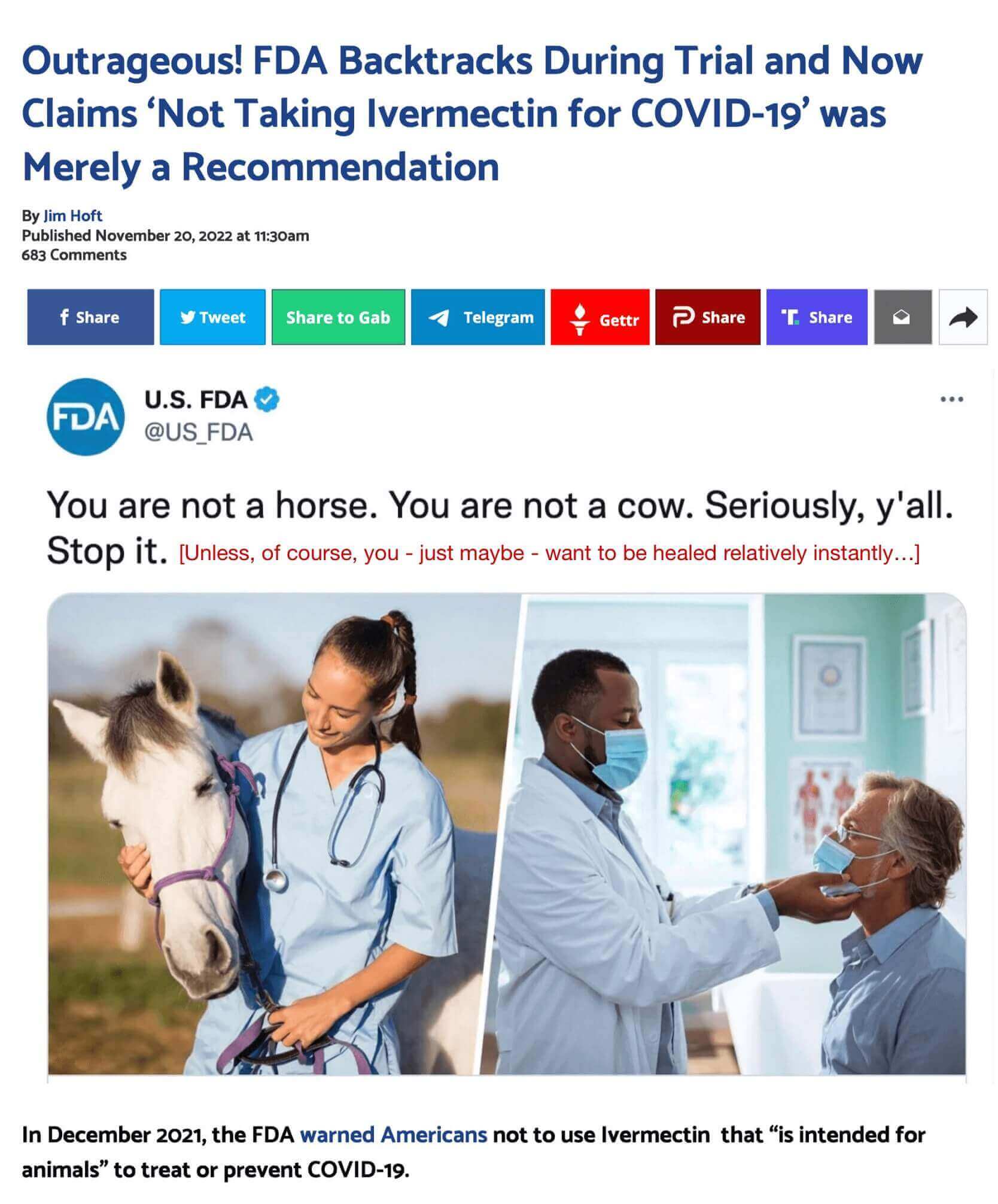
In case you missed it, in a recent hearing, government lawyers argued that the Food and Drug Administration (FDA) was only giving advice and it was not mandatory when it told people to “stop” taking Ivermectin for COVID-19.
As evidence mounts as to all manner of things relating to the origins and the reality of the “pandemic,” the government is beginning to flip-flop and reverse its position on things; the efficacy of Ivermectin as a COVID cure obviously being one of those things.
I’m No Expert…But…
To be clear, I’m no expert on any of this.
And I also know that, just because Ivermectin clearly cured me in fairly miraculous fashion, that does not mean it will work for everyone.
That said, given that the aforementioned article includes this:
“There have been over 93 scientific studies on Ivermectin that showed significant benefits in treating COVID-19 in its early stages. The science is undeniable.”
It only serves to remind me of how sadly politicized this entire “pandemic” has been from minute one.
And rather than drone on about that, if you’re interest in learning the truth about COVID, I would highly encourage you to read COVID UPDATE: What is the truth?
Where did I find this? On the National Library of Medicine’s website (PubMed.gov), which is part of the National Institute of Health. Here is how PubMed is described formally: “PubMed was developed and is maintained by the National Center for Biotechnology Information (NCBI), at the U.S. National Library of Medicine (NLM), located at the National Institutes of Health (NIH).”
And, “PubMed delivers a publicly available search interface for MEDLINE as well as other NLM resources, making it the premier source for biomedical literature and one of the most widely accessible resources in the world.”
So, what we have here is a publication sourced from an official government website that essentially confirms many of the worst of the “conspiracy theories” regarding the “pandemic.” Many of which implicate the government itself…
Strange days, indeed…
CATCH UP ON UNCPHEW PODCASTS IN THE PLAYER BELOW!
